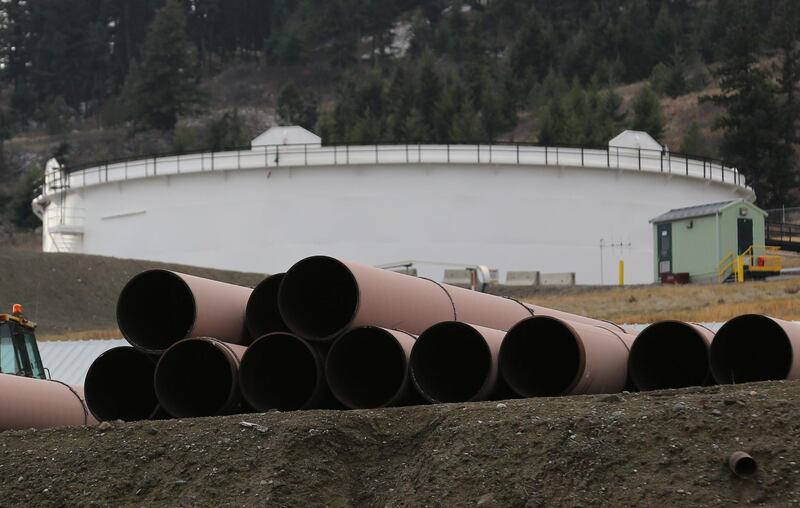Oil prices bounced back after US crude fell to an 18-year low as markets remained optimistic over the revival of Chinese factory activity.
The world's second-largest economy, which went into lockdown in January is slowly coming back online after the country brought the coronavirus pandemic under control.
China's March manufacturing purchasing manager's index bounced back to 52 from a record low of 35.7 in February, beating analysts' expectations. A result below 50 indicates a contraction.
The revival indicates possible higher demand for crude in the near future in the world's largest oil importing country, amid an excess of supply in the the market. Crude is set to have the worst quarter on record.
Brent, the international benchmark, was trading at $23.1 per barrel at 5.38 pm UAE time on Tuesday, while West Texas Intermediate, which tracks North American crude grades, was trading at $20.96 per barrel.
WTI rebounded after falling below $20 on Sunday and Monday as US shale producers who need higher breakeven prices to remain profitable, buckled under the growing demand crunch and countries continue to enforce lockdowns.
Swiss bank UBS estimates a decline in demand of 10 million barrels per day year-on-year or more for the second quarter of 2020.
"To stop on-land inventories from hitting their capacity limits, oil prices need to adjust quickly as more supply is on the way. Hence, there’s an increasing need for Brent and WTI prices to trade below $20 per barrel in the second quarter," said Giovanni Staunovo, commodity analyst at the bank.
Oil prices are likely to stabilise as Chinese demand for power, which declined steeply because of quarantine measures and factory shutdowns, rebounds.
Consumption of electricity fell 7.8 per cent year-on-year during the first two months of 2020, a drop that was "sharper" than the one seen during the 2008-09 recession, IHS Markit said in a report.
Power demand growth is expected to return to positive for the remainder of the year as China returns to work. China has removed restrictions on movement as it reports largely no new cases of the virus.
IHS estimates Chinese power demand has already started to show " year-on-year growth in March in terms of both average load and peak load."
Despite the uptick, China will not be immune to a global recession, as Europe and the US grapple with widespread outbreaks in their territories which will reflect on trade with Beijing.
Chinese growth will soften to 3.9 per cent this year, compared with IHS' earlier estimate of 5.4 per cent before the pandemic. Power demand growth is also expected at a tepid 2.8 per cent for this year, compared with an average annual growth rate of 7 per cent during the last decade.








